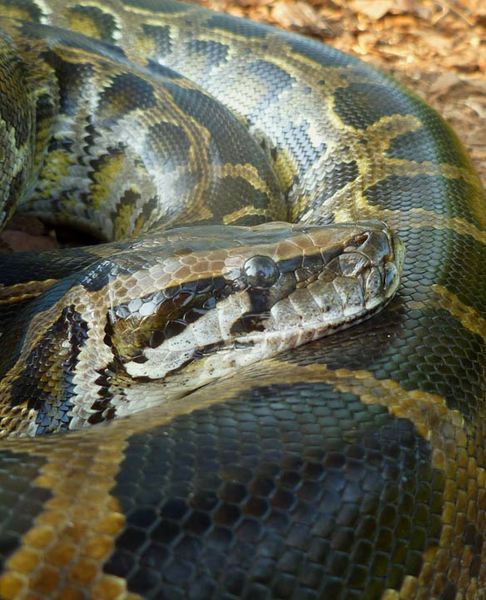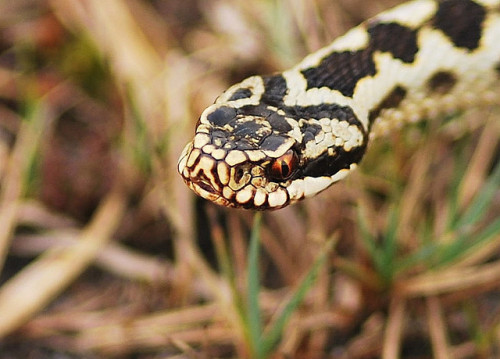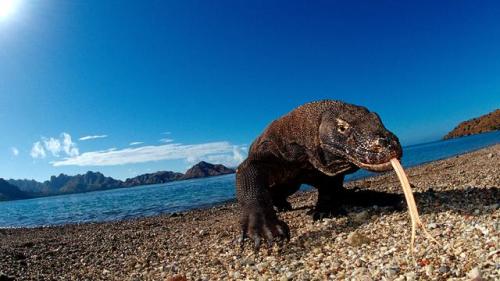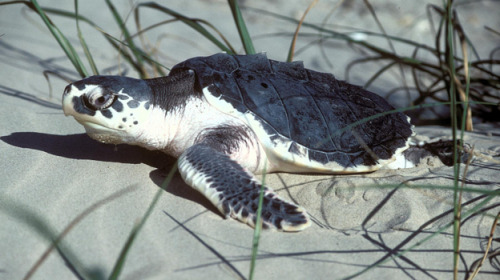mad-as-a-marine-biologist:
Endangered Turtle Survives Trans-Atlantic Journey
by Christopher Joyce
A Kemp’s ridley sea turtle like this one traveled 4,600 miles across the Atlantic ocean in 2008. After being rehabilitated in Portugal, it is being reintroduced into its native Gulf of Mexico waters on Tuesday.
In 2008, a juvenile Kemp’s Ridley - Johnny Vasco da Gama (named for the 15th Century Portuguese explorer) washed ashore in Europe — cold, exhausted and 4,600 miles from home. Turtle scientist Tony Tucker reckons the turtle hitched a ride.
“Most little turtles — they’re living in the sargassum rafts,” Tucker says. “The sargassum brown seaweed that floats at the surface provides them shelter from predators like seagulls and albatrosses, but it’s also a rich source of food.”
Tucker, who works with the sea turtle conservation program at the Mote Marine Laboratory in Florida, thinks Johnny and his seaweed raft got caught in a big circular current called the North Atlantic Gyre. The journey would have taken over a year.
Johnny’s rescuers nursed him to health in the Netherlands and then Portugal. But they knew he was a rare species and needed to get home. So they flew him to Florida on a Portuguese airliner.
“They bolted out one of the passenger rows of seats and made a place inside a special container for Johnny, and he got to ride all the way across the Atlantic,” Tucker says. “This jet-setting turtle has already crossed the Atlantic twice now, but once in style.”
TODAY (27/12/11), scientists will set Johnny free in the waters of the Gulf of Mexico. This time, he’ll be wearing a satellite tag on his back. After his release, we can all track him at http://www.seaturtle.org/













